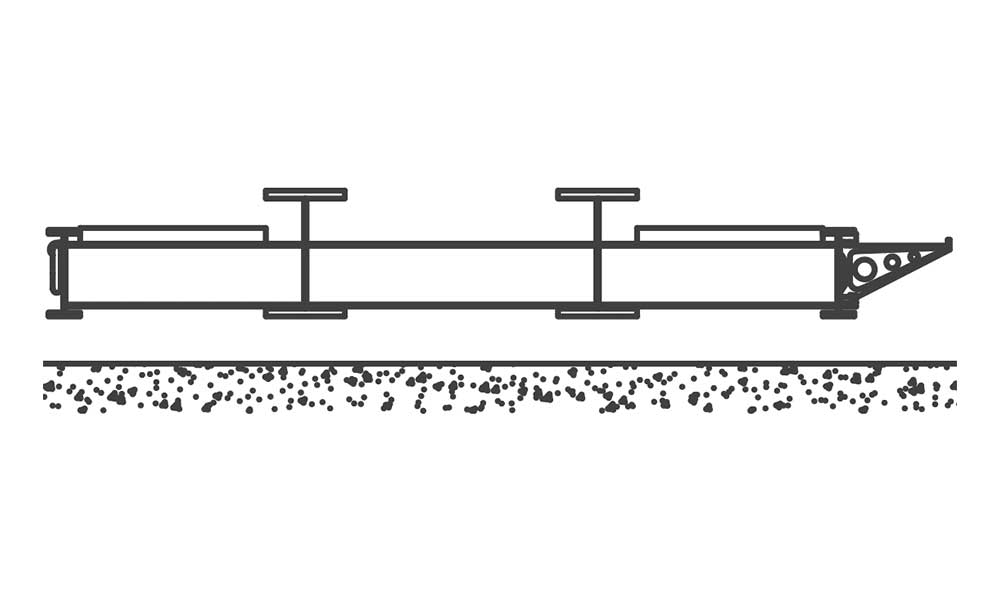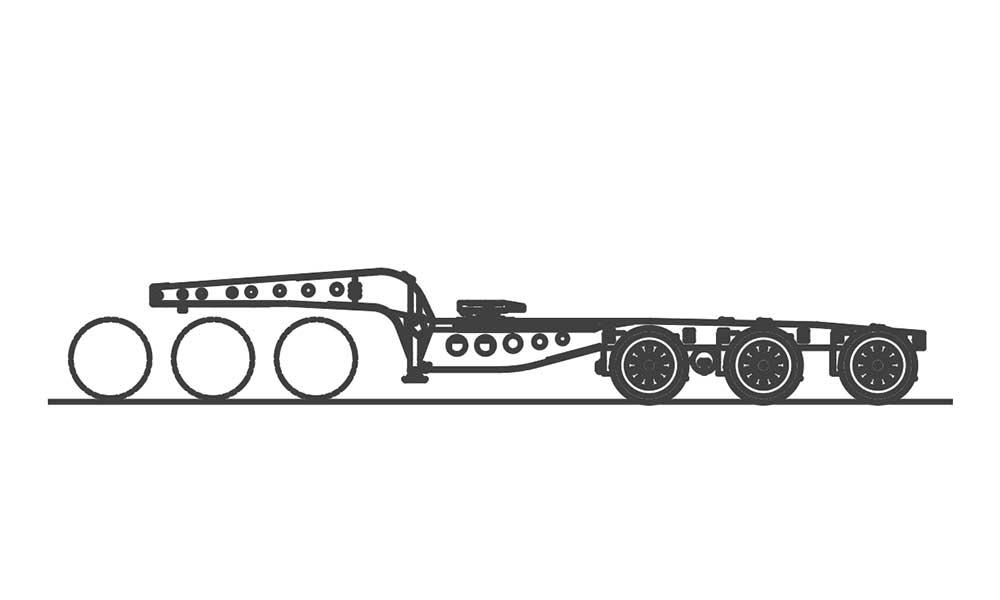Oil & Gas
Oil and gas trailers are often very dedicated units. Some are mobile drilling stations and others are purpose-built for a type of product. Steering axles are a popular addition to these configurations because of the long loads and tight off-road conditions.
Filters
Length
43ft — 68ft
Width
8ft — 15ft
Height
0ft — 0ft
Weight
0kg — 16,193kg
Payload
0kg — 0kg
Volumetric Capacity
0m3 — 0m3
Carrying Height
0in — 0in
Tare Weight
0kg — 0kg







